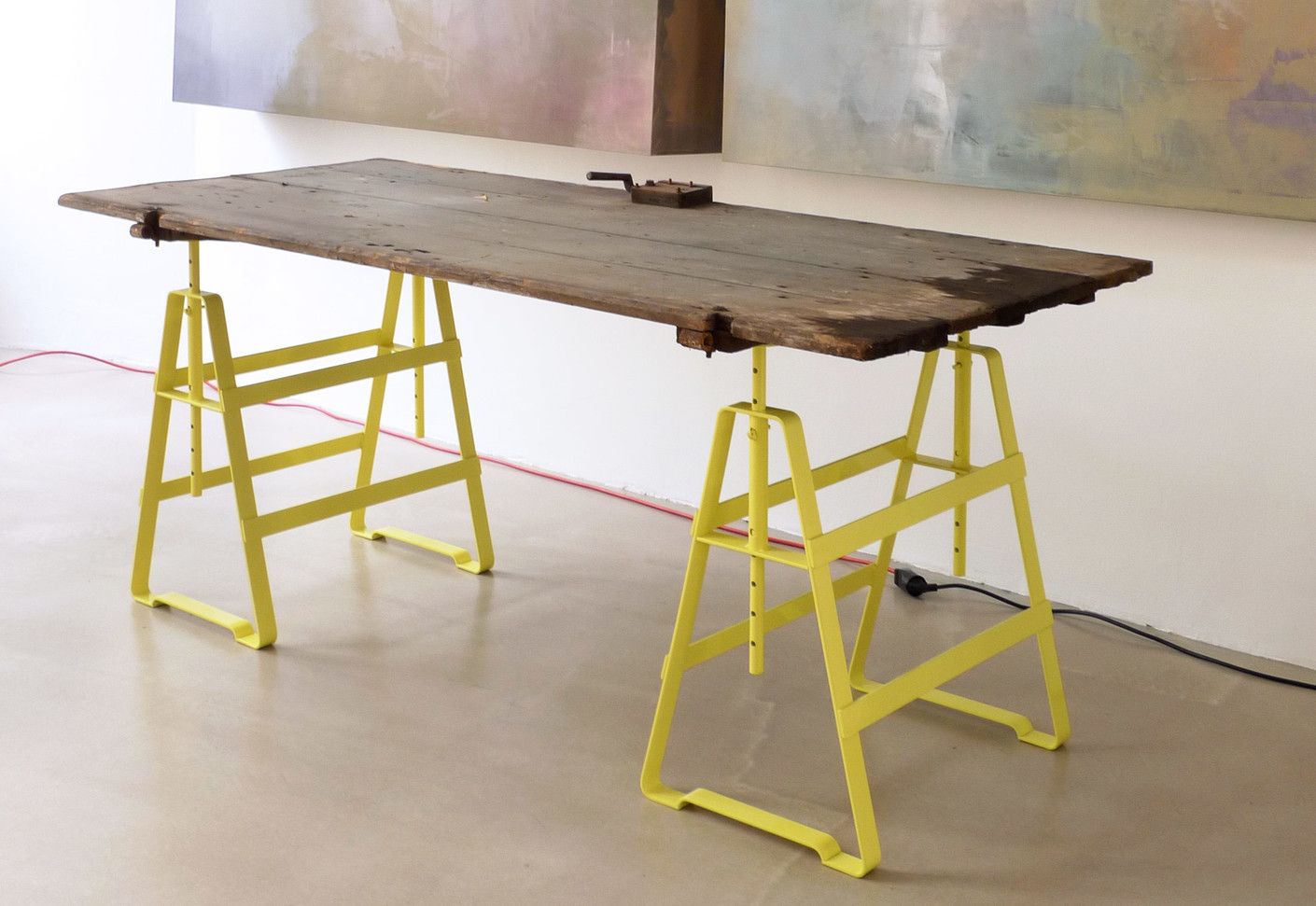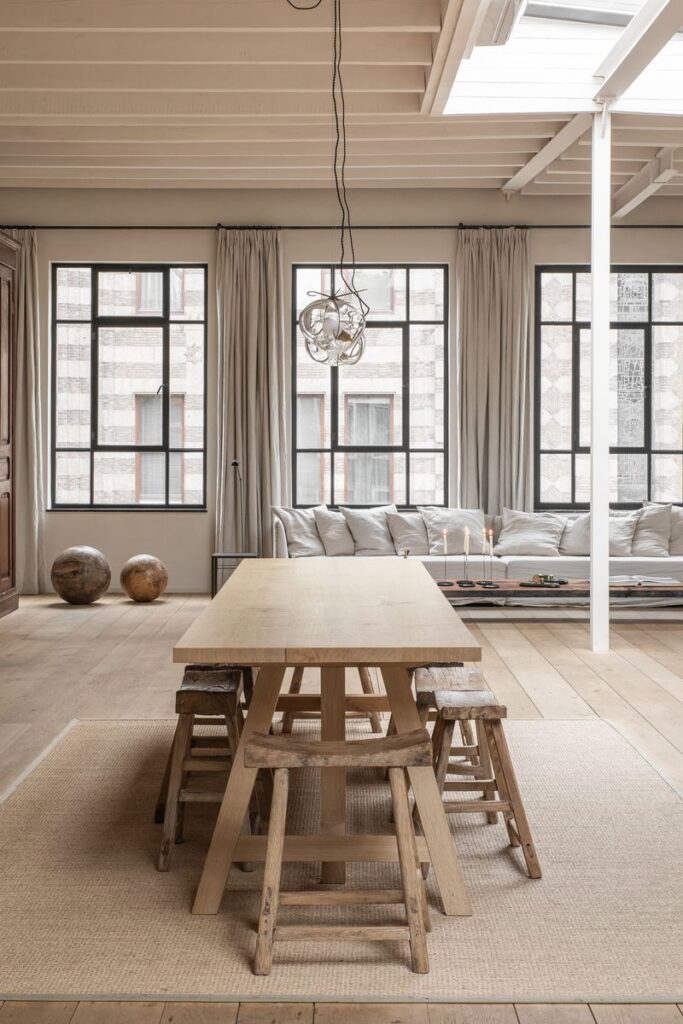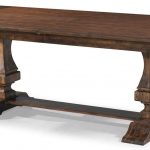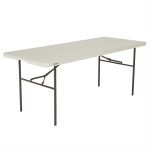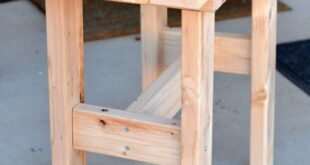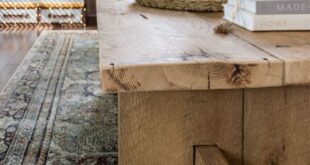Trestle tables have been a staple in homes and gathering spaces for centuries, with their simple yet sturdy design making them a popular choice for dining, work, and even religious gatherings. The history and evolution of the trestle table spans across different cultures and time periods, showcasing the versatility and timelessness of this classic piece of furniture.
The trestle table has its origins in medieval Europe, where it was a common feature in castles, manors, and monasteries. These early trestle tables were typically made of oak or other sturdy hardwoods, with a simple design featuring two trestle supports connected by a stretcher. The tabletop could be removed and the trestles folded for easy storage when not in use, making them a practical choice for rooms that needed to serve multiple functions.
As craftsmanship and design techniques evolved, trestle tables became more ornate and elaborate. In the Renaissance period, trestle tables were often elaborately carved and decorated with intricate designs, reflecting the wealth and status of their owners. These tables were used for both dining and displaying expensive dishes and decorations, with the trestle supports serving as a focal point of the design.
During the Industrial Revolution, trestle tables became more mass-produced and accessible to a wider audience. This led to a simplification of the design, with more emphasis on functionality and durability. Trestle tables were used in schools, workshops, and other communal spaces, as their sturdy construction made them ideal for heavy daily use.
In modern times, trestle tables continue to be a popular choice for both traditional and contemporary interiors. The clean lines and simple design of trestle tables make them a versatile choice for a variety of decor styles, from rustic farmhouse to sleek and modern. Trestle tables are often made from a variety of materials, including wood, metal, and glass, allowing for a wide range of customization options to suit individual tastes.
Whether used as a dining table, desk, or display table, the trestle table remains a timeless and practical piece of furniture that has stood the test of time. Its history and evolution showcase the adaptability and enduring appeal of this classic piece, making it a staple in homes and gathering spaces for generations to come.
 goodworksfurniture Decoration and home design ideas
goodworksfurniture Decoration and home design ideas
